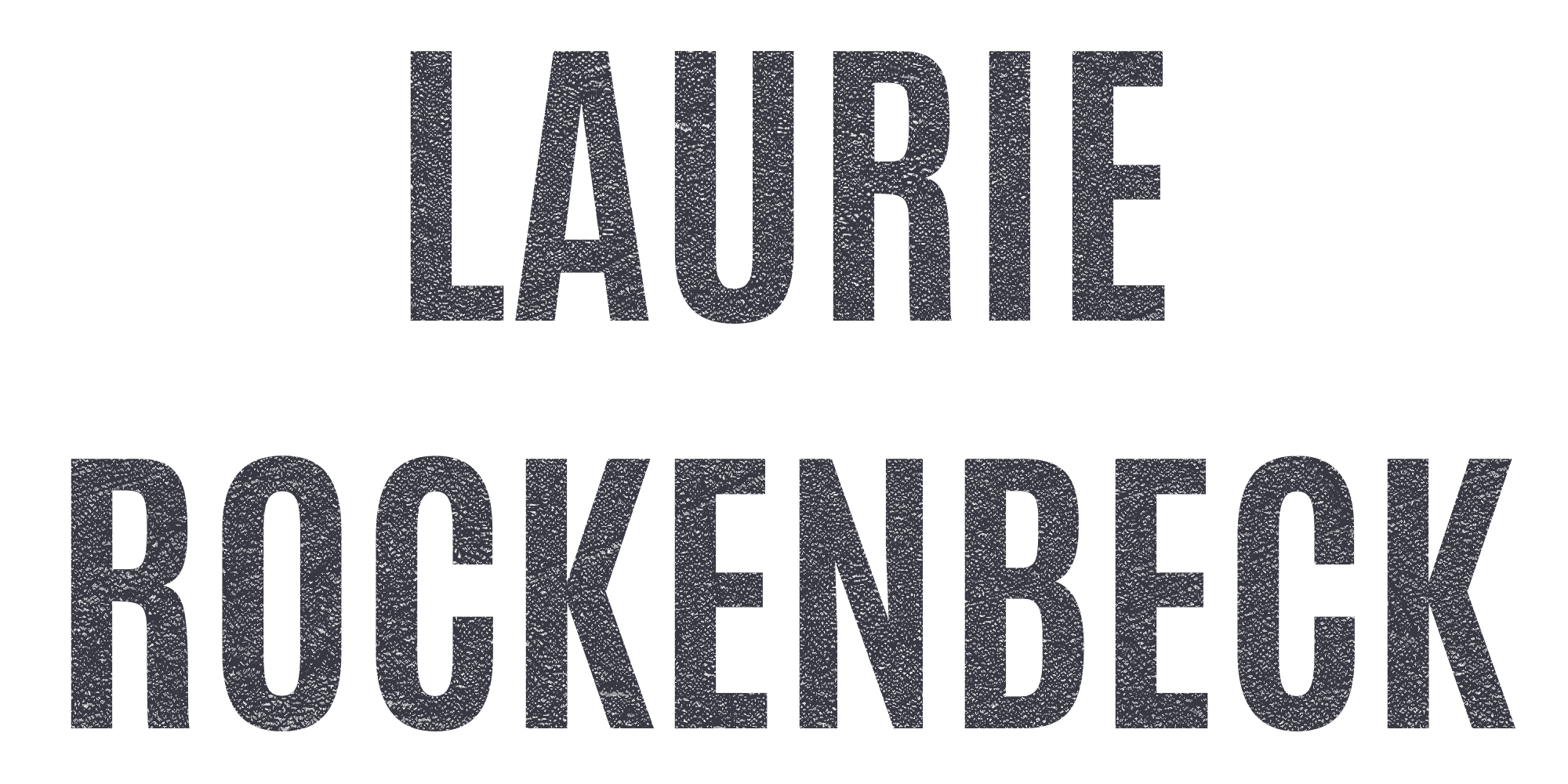It started on Monday when a blog titled “Authors Say Agents Try to “Straighten” Gay Characters in YA.” (To unpack the acronyms…YA is “Young Adult” and the other is “Gay, Lesbian,Bisexual, Transgender, and Queer”) Basically, the author doesn’t name the agent, but alleges that they were told to get rid of a gay character to make it marketable. There was immediate uproar and speculation as to who the agent was. The twitterfest has been remarkable. Yesterday the same blog posted “Riposte and Counter-riposte”, a response to the original blog. The agent in question responds to the accusations made in the original post. Interesting reading if you have the time.
About four years ago, I pitched a book to a highly renowned New York agent. It was about a fifteen year old girl who loses her family and ends up moving across the country to live with her lesbian aunt and her aunt’s long time partner. The main character, the teen, ends up in a mental state that sends her over the edge where she seeks comfort and control any way she can–through alcohol, drugs and sex. The agent asked me to bend it to the Young Adult market even though I had clearly been writing to an adult audience. There was no concern on the agent’s part that the two parents in the book, the two main role models who would be there for Bess, are lesbian. Because Bess, the main character, is straight, I’ll never know if that would have been an issue, but I seriously doubt it.
But,the question, in my mind, is…What about the books that do feature GLBTQ main characters in the YA market? Are they out there, or is there really a conspiracy against them? Sometimes numbers can help sort things out. After the initial blog post on Monday, Malinda Lo posted an illustrative blog post. The industry has gone from zero LGBTQ books published in 1969 to almost…hold onto your seat…forty in 2009. Less than one percent of YA books on the market feature LGBTQ main characters. And of those, half of them are only the “G” part of the equation.
What I find really frustrating is the assumption that the only readers for these books would be LGBTQ identified readers. That’s like saying only African Americans will read Toni Morrison, that only Native Americans will read Sherman Alexie, or only vampires will read Anne Rice. Any publisher who is thinking about marketability and making a profit should be working to increase the number of LGBTQ books in their line-up. Maybe they are. Maybe there just aren’t enough people writing quality material. And that’s what burns a little about the original post that started the discussion. The writer was given some hard to hear advice and took it the wrong way.

Recent Comments